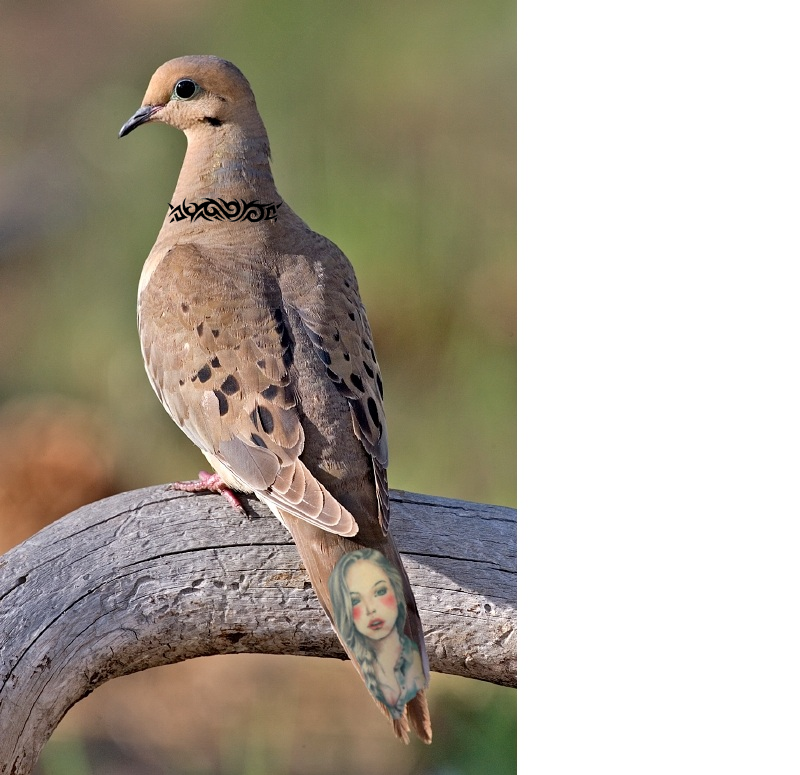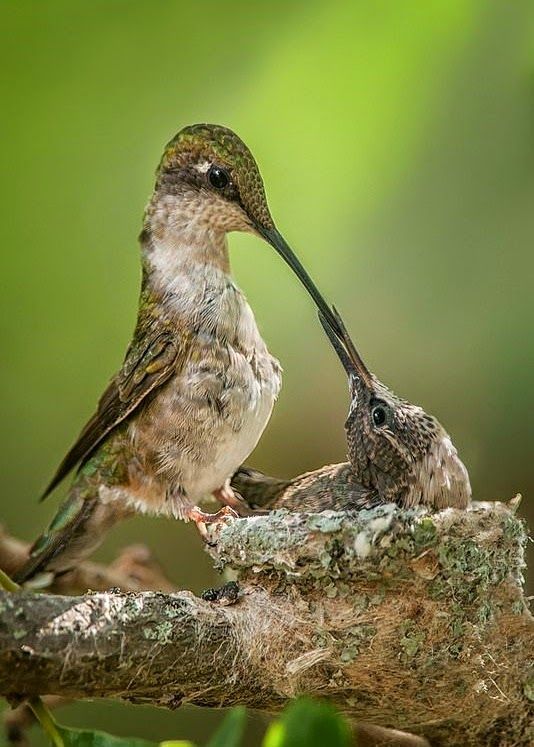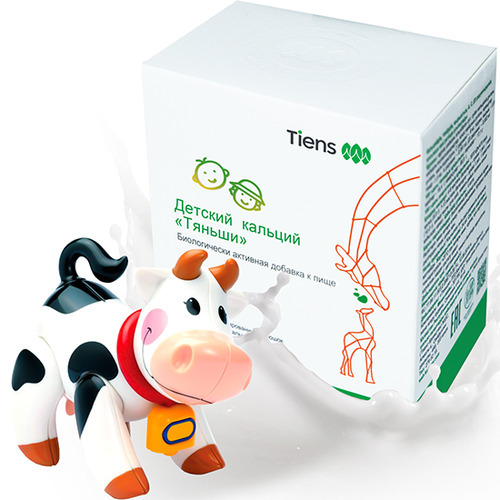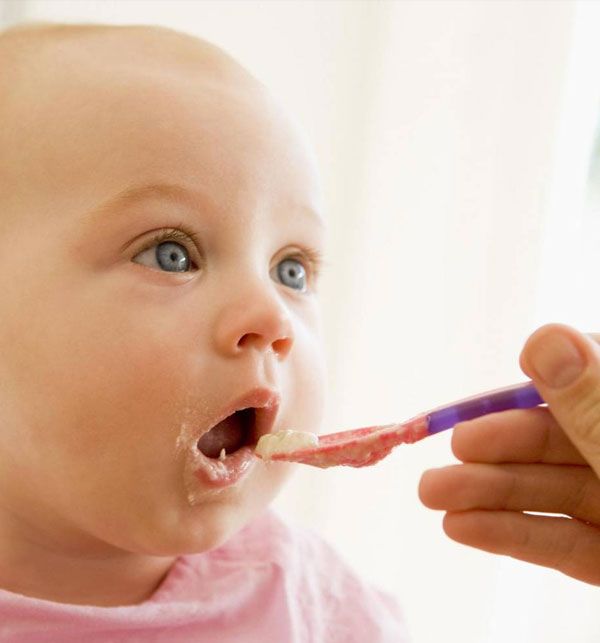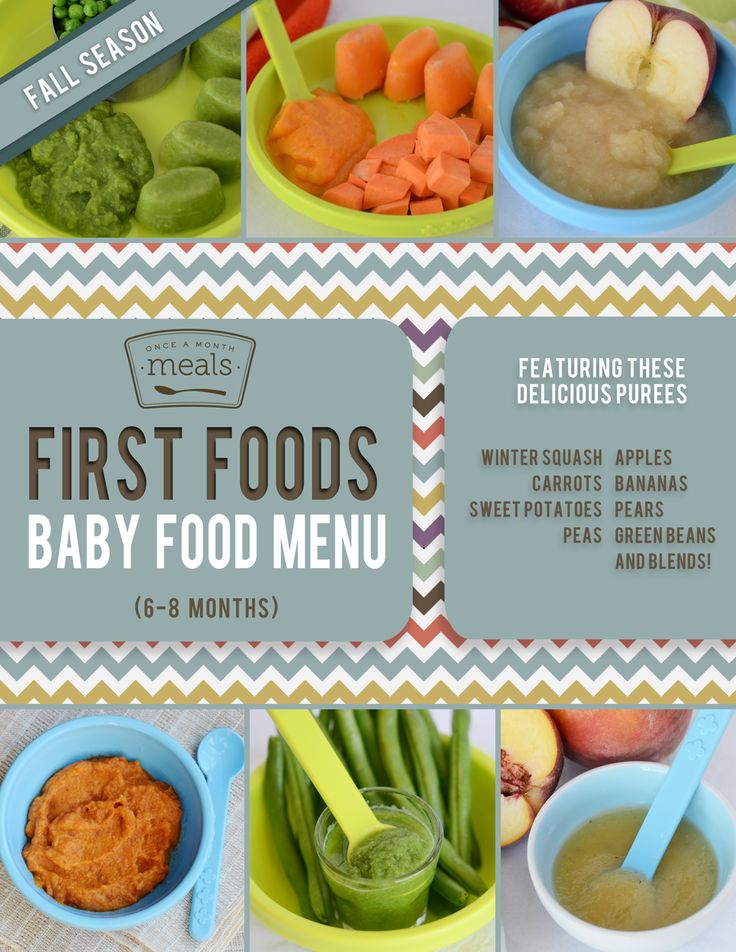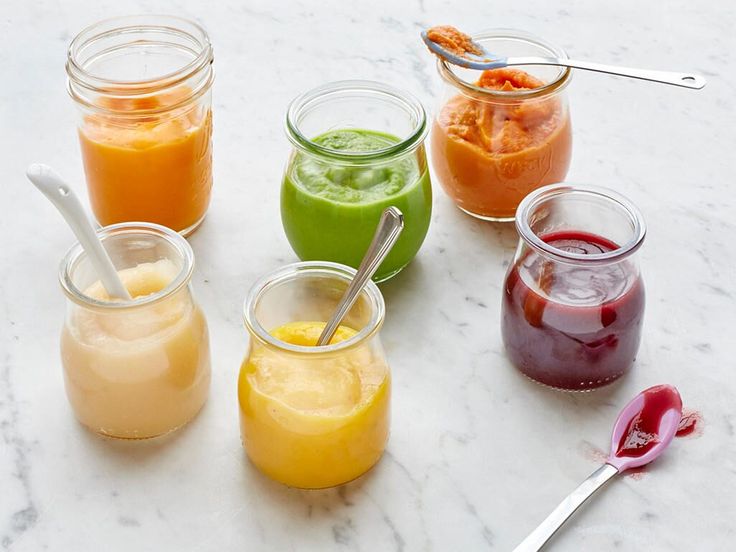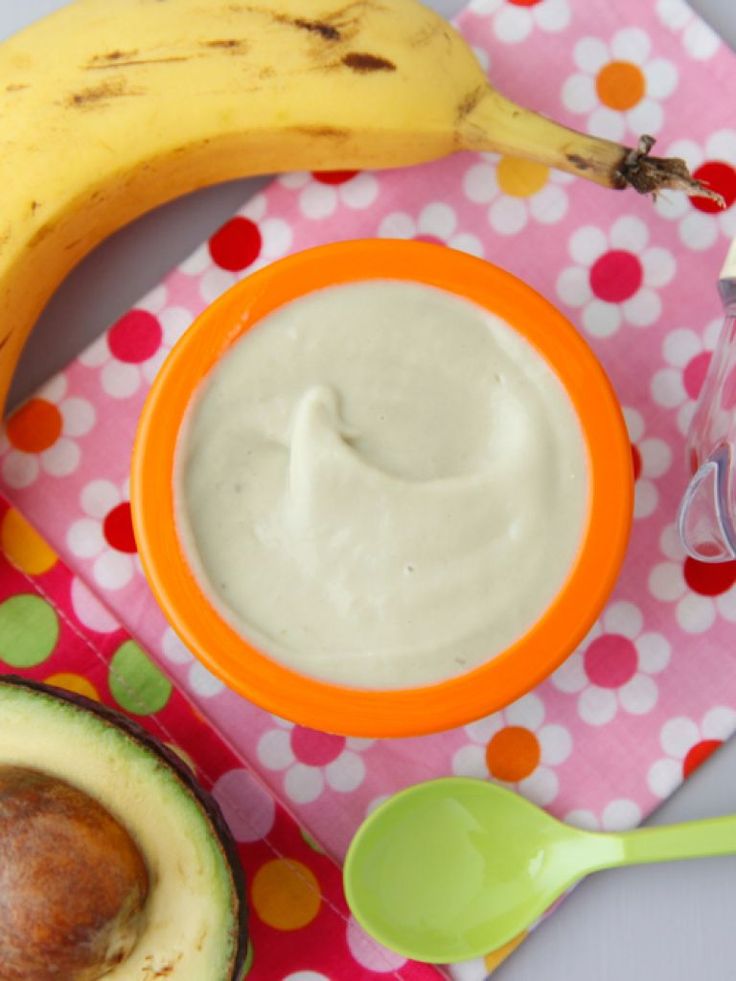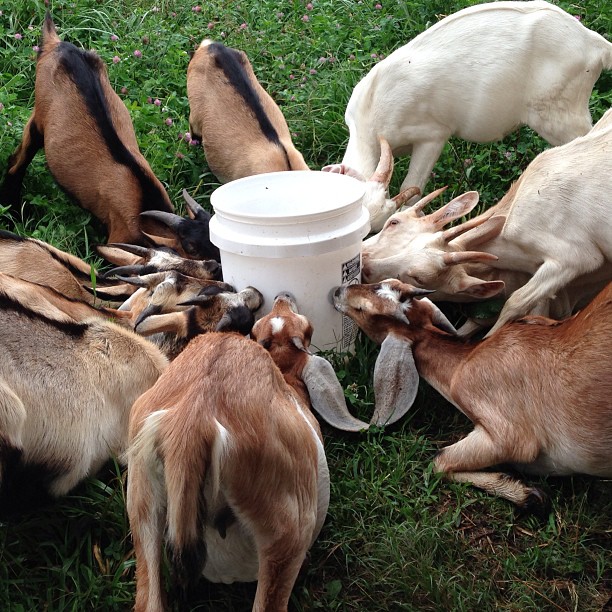How do you feed a baby mourning dove
Baby Mourning Doves: Caring for and Feeding Abandoned Dove Babies
Sharing is caring!
36 shares
- Share
You step outside to get the mail and you find a baby bird in your driveway—what do you do? Should you leave it, rescue it, try and put it back in its nest?
It can be nerve-wracking finding a baby bird on the ground and wondering what the best option is, especially since not all species can be treated the same.
Here are a few tips to prepare you for that day:
Step 1: don’t panic
Step 2: read this article
Here, you’ll learn all about baby Mourning Doves and how to care and feed them if they’re abandoned. It’ll be just a little more information in your pocket, should you ever be in this situation.
Let’s dive in!
Baby Mourning Doves are called squabs or chicks.
When they are just hatchlings and a few days old, their bodies are covered in patchy, yellowish down. The down is very thin and you can still see their naked bodies. Their bills are dark, as well as their faces, and their eyes will be closed. At this point, they are only a few inches long.
Around 7-ish days, the squab’s eyes will be open and will be dark. They also will have started to get in some pin feathers. These look just like the shaft of a feather without the barbs. They will lay in a relatively ordered fashion. You’ll also still see the scraggly, yellowish down poking up around the pin feathers, which makes the nestling look pretty frazzled and messy! They will have almost doubled in weight and size.
Around 12 days, the Mourning dove will be a fully feathered fluffball. It’s feathers will be a slaty brown color. They will have grown so much that they will be larger than your palm. At this size and age, the babies will be about ready to leave the nest and take flight for the first time!
What do baby mourning doves eat?
Unlike many other baby birds, little doves don’t gape—the mouth wide open, begging for food behavior.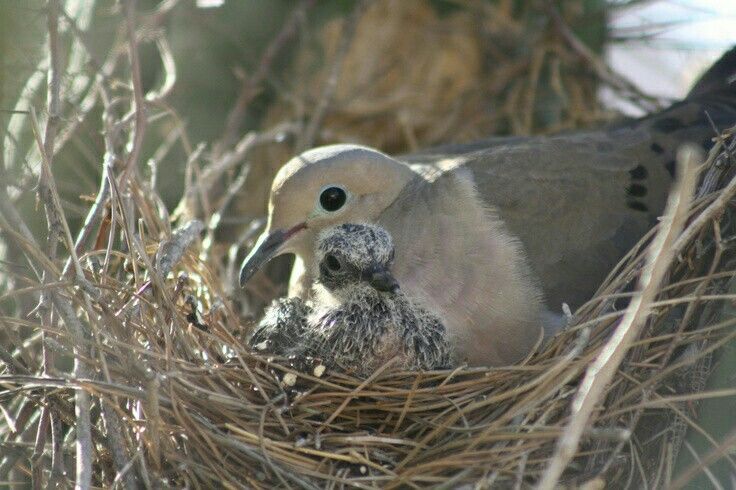 When they’re hungry they will root around. The parents provide “crop milk” to their babies.
When they’re hungry they will root around. The parents provide “crop milk” to their babies.
Crop milk (also known as pigeon milk) is a semi-solid excretion that is made by the sloughing of fluid-filled cells from the lining of the crop.
The crop is a thin-walled, sac-like food-storage chamber that extends off the esophagus and is normally part of the digestive system. Food can be stored here quickly while the bird is foraging in the open and allows the bird to go back into a secluded area to digest. Most birds have crops, but not all make crop milk.
As said before, the crop is normally part of the digestive system, but it shifts its function to milk production just a day or two prior to the eggs’ hatching. This is believed to be caused by hormonal changes. During that time, the parents may stop eating entirely so there is no seed in the crop. Brand new hatchlings aren’t able to digest seed yet, so this is for the better! After several days of feeding crop milk to the babies, the hormone levels taper off and the crop no longer produces as much milk.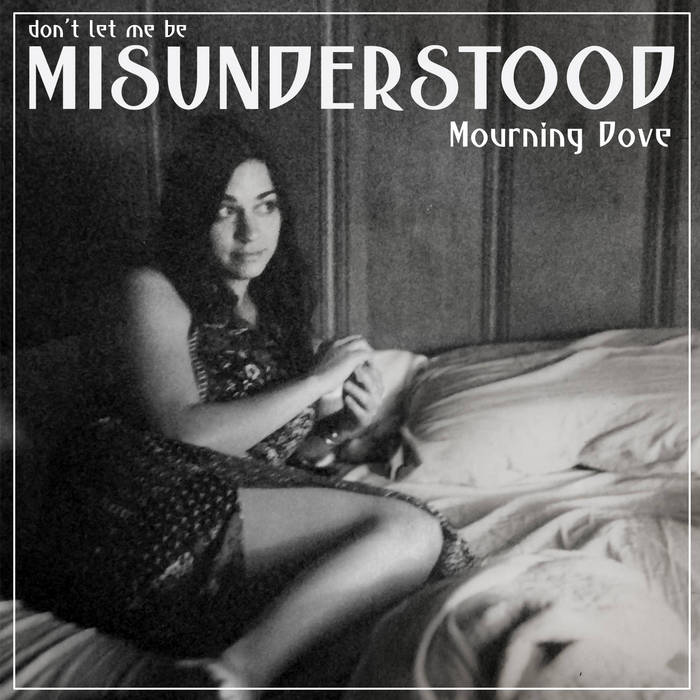 By this time, the squabs are able to digest regurgitated seeds from mom and dad.
By this time, the squabs are able to digest regurgitated seeds from mom and dad.
Crop milk is nutrient-dense and contains more protein and fats than human or cow milk. It also has immune-building properties with antioxidants and antibodies from the parent.
Both parents can produce crop milk, so both are able to feed their babies. This is done by opening their mouths wide and allowing the squab to stick their little heads in and suck it up through their bills like a straw. This is important to keep in mind if having to hand feed baby doves, as sucking is their natural instinct and the safest way for them to eat.
Crop milk substitute
If you find a squab that needs rescuing (we’ll talk about how to determine this in the next section) chances are you’re going to need to make a homemade crop milk substitute or purchase a formula.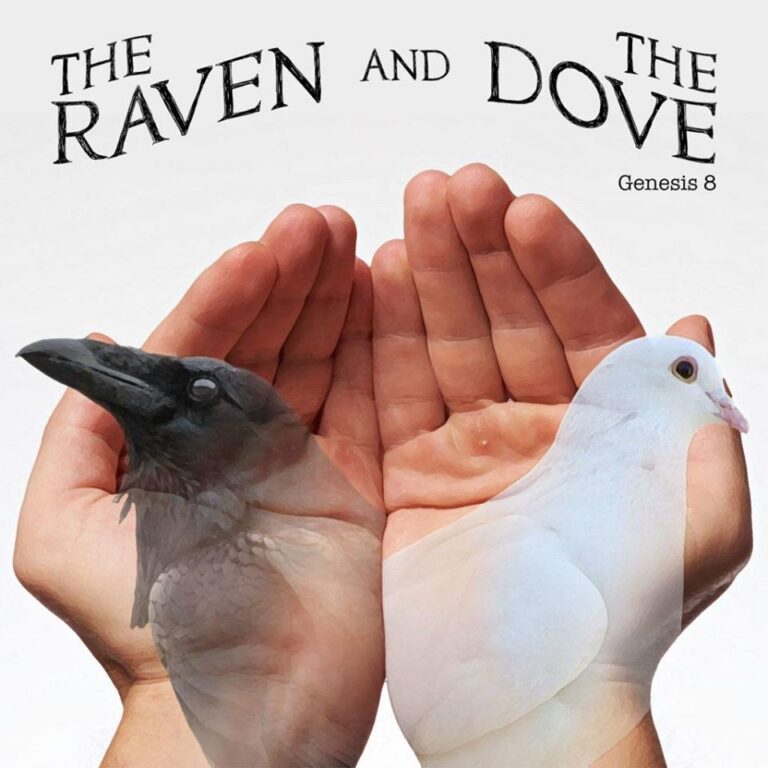
A great formula substitute is RoudyBush Squab diet. Yes—there are pictures of parrots on it. Don’t worry, it can be used for baby doves, too.
Roudybush Squab Diet For Birds, 1-Pound
- No Added Sugars Or Colors
- 100-Percent Edible And No Animal By Products
- Scientifically Formulated
Last update on 2022-10-28 / Affiliate links / Images from Amazon Product Advertising API
The only potential issue with this is it will need to be ordered online and might take a day or two to arrive. If it’s likely you’ll be hand-rearing the baby for a few weeks, this is a good option.
Another substitute is Kaytee Exact Handfeeding Formula which is available at pet stores. Some reviewers say this formula doesn’t offer the babies as well of a nutritional panel as RoudyBush, and the birds are often below the curve for weight. If it’s a matter of life or death for a squab, this is better than nothing.
A last option if you don’t have access to a pet store and need it immediately is homemade formula using baby cereal. Make it more runny if the baby is wee little and gradually thicken it up as they get bigger. A good test is to see how quickly their crop empties. If it empties too quickly, start to thicken it up.
How often do baby mourning doves need feeding?
Brand new babies will need to be fed more often than older squabs. The younger doves will also eat formula that is more watered down. All feedings should occur within a 12-hour span.
- 0-4 days old: 5 feedings per day
- 5-7 days old: 4 feedings per day
- 8-14 days old: 3 feedings per day
- Fledgling: seeds
The safest way to feed a baby dove is by pouring the formula onto a tablespoon and letting them suck it up. Remember earlier when I said to keep their straw-sucking instincts in mind? If food is poured into their mouths, they may aspirate by trying to suck while you’re pouring or dropping it in. So it’s best to let them take the lead and let them slurp it up themselves!
So it’s best to let them take the lead and let them slurp it up themselves!
Does the baby mourning dove need to be rescued?
A few different factors go into the response to this situation.
The first step in deciding if a baby dove needs rescued is by determining what stage of growth it’s in. The second is analyzing what the situation is while keeping its growth stage in mind. For example, a 2-day old baby found in the driveway vs a 14 day old found in the driveway will have different solutions!
Baby dove growth stages
Stage 1: unfeathered
Unfeathered babies are roughly 0-6 days old. This early in the brooding stage, it’s unusual to find babies out of the nest, but not impossible.
One reason a baby might be out is if the entire nest was blown over or knocked down. Wind, predators, or weather can all knock a nest loose.
Babies can also be found on the ground if the parents perceive it to be defective in some way and decide to remove it from the nest.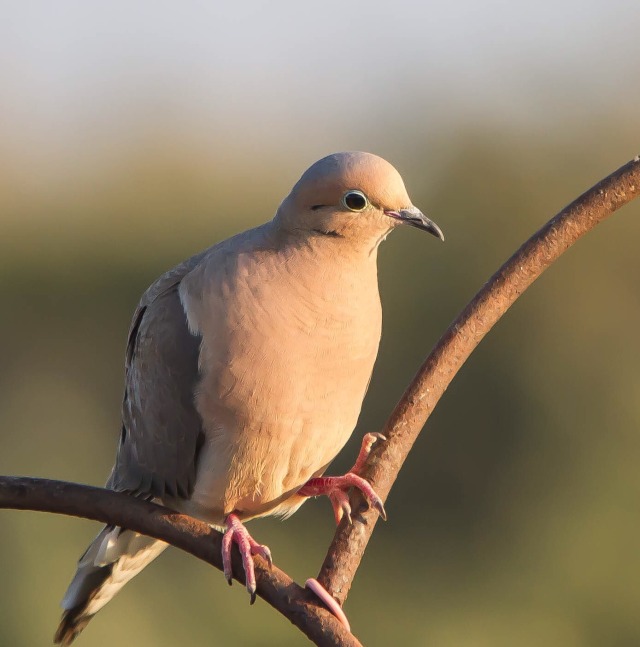
Babies this young cannot be left on the ground!
At this point in their life, they are too young and too naked to keep themselves warm. If a baby is found, it needs to be warmed up immediately. This can be done using a heating pad on the low setting or using electronics that heat up and are warm to the touch, such as laptops or game systems. A little heat goes a long way for them, and this is the first priority.
While the baby is warming up, see if the nest can be located. If the nest turns out to be blown over, see if it can be put back securely so it won’t fall again. If it can’t, find a new place for it that isn’t entirely out in the open and won’t get drenched when it rains.
Once the baby warms up, put it back in the nest and watch for the parents to come back to it. If they do, you’re good to go. If not, the baby might need hand-reared.
If the baby you find is not from a blown over nest and was kicked out by its parents, it will need to be hand-reared with a crop milk substitute, at least for a few days. After a few days of feeding, put it back in the nest and see if the parents take care of it. If they kick it out again, it will need hand-reared until it’s old enough to survive on its own.
After a few days of feeding, put it back in the nest and see if the parents take care of it. If they kick it out again, it will need hand-reared until it’s old enough to survive on its own.
If it turns out that you have to hand-rear the baby for a while, a makeshift nest box will be needed with either a fake nest inside or nesting material like straw. A heat lamp is the best option to keep the baby warm, so your heating pad doesn’t get dirty.
Stage two: partially feathered
Partially feathered babies are roughly 7 days old to fledging age (12-15 days old).
At this age the babies are far enough along that the parents probably didn’t kick them out, so if a baby is found on the ground, it’s almost always from nest failure. This is actually a good thing because there’s a better chance the parents will take back over when the nest is fixed.
As with the younger babies, get these squabs warmed up. Once they’re warm, investigate the nest situation. It either fell in a storm or broke apart because it was poorly constructed.
It either fell in a storm or broke apart because it was poorly constructed.
If it only fell, try and secure it as mentioned before. If the nest is found to be broken or falling apart, a new one will be needed. You can buy fake nests from a craft store, or make one. Don’t be afraid to make them, there are online tutorials to show you how!
Once the old or new nest is up, put the baby inside and wait for the parents to come. If they don’t come by nightfall, bring the baby in for the night and then return them again in the morning. If the parents still don’t come back, by the afternoon or evening, the baby will need to be hand-reared and kept in a nest box with heat.
Stage three: fully feathered
Fully feathered babies are fledgling age (12-15 days, give or take) and are nearly self-sufficient. If one of these babies is found on the ground, it doesn’t need to be returned to a nest. Actually, it’s highly possible that this baby just took its first flight from its nest to the ground!
Babies at this age are still being monitored from afar and fed by their parents.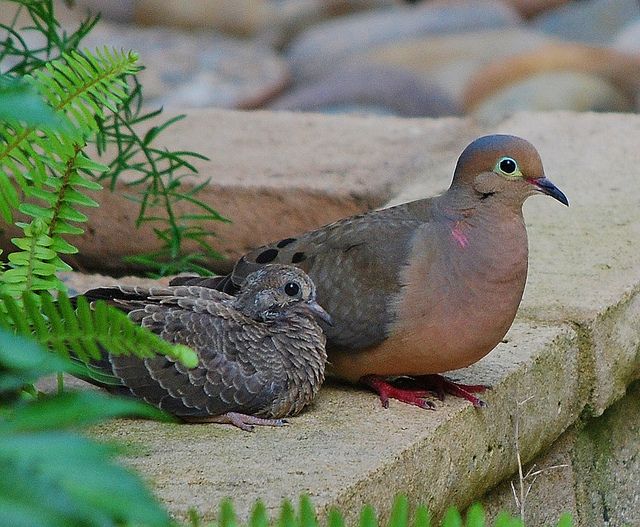 The best thing you can do for this little one is to leave it be. Of course, there are exceptions.
The best thing you can do for this little one is to leave it be. Of course, there are exceptions.
If the fledgling is in a high traffic area, like a driveway or close to a road or sidewalk, move it somewhere more relaxed. Don’t move it across town, because the parents are still caring for it, just move it a few feet away to safety.
If the fledgling doesn’t try to run away from you when you approach it and it appears cold to the touch and lethargic, it might not be getting fed by mom and dad. You can gently palpate the crop to feel if there’s food inside. If there is, the bird might have an injury or may be sick, in which case it’s best to call a wildlife rehabilitator. If there isn’t anything in the crop, the bird might just need a meal. Some mashed bird seed might help it out.
In conclusion
Helping out a baby bird can seem daunting, but with the right information, you can do it safely and confidently. If you’re still unsure, you can always call a rehabilitation center to see if they can take the baby in!
Credits
Chaifetz, T.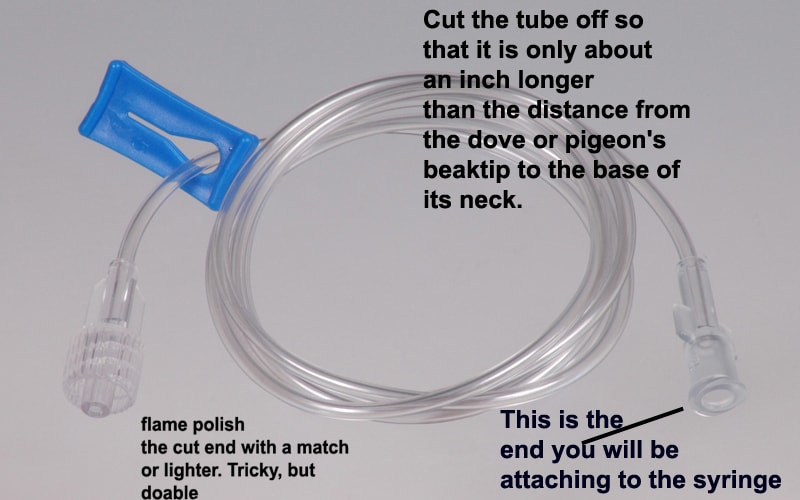 (2017, September 26). How to Determine the Age of a Mourning Dove Hatchling. Retrieved 2020, from https://animals.mom.me/how-to-determine-the-age-of-a-mourning-dove-hatchling-12452713.html
(2017, September 26). How to Determine the Age of a Mourning Dove Hatchling. Retrieved 2020, from https://animals.mom.me/how-to-determine-the-age-of-a-mourning-dove-hatchling-12452713.html
Ehrlich, P., Dobkin, D., & Wheye, D. (1988). Bird Milk. Retrieved 2020, from https://web.stanford.edu/group/stanfordbirds/text/essays/Bird_Milk.html
Mayntz, M. (2019). Do Birds Produce Milk for Their Young? Retrieved 2020, from https://www.thespruce.com/glossary-definition-of-crop-milk-385209
Mihaylo, K. (2017, August 11). How to Care for a Baby Mourning Dove. Retrieved 2020, from https://animals.mom.me/care-baby-mourning-dove-6968.html
Sebastiani, J. (2012, April 26). Baby Birds: A Dove Story. Retrieved 2020, from http://blog.delawarenaturesociety.org/2011/11/10/baby-birds-a-dove-story/
White, H. (2014). Mourning Dove. Retrieved 2020, from http://www.diamonddove.info/bird13%20Mourning.htm
Sharing is caring!
36 shares
- Share
Baby Mourning Dove
by Khara
snuggle buggle
Baby Mourning Dove
I went for a walk and came across a baby Mourning Dove. He was too young to be out of the nest and had a cut on his/her (not sure) leg.
He was too young to be out of the nest and had a cut on his/her (not sure) leg.
He was peeping very loud at me and trying to get closer to me rather than escape. I had to get him. Brought him home and looked up what kind of bird he/she is.
I am feeding him a mix of kitten food, cooked egg yokes, infant whole wheat cereal, and added a drop of bird vitamins. My method is mix it well to a paste and then add water with each batch to feed him for the day.
I use a straw that his beak fits into perfectly, just enough room to open his mouth. I can't even believe how much he can eat. He really seems to like it and is a very enthusiastic eater.
He pretty much was a eating and pooping machine for the fist week and that was about it. Now he is still that but growing so fast also.
I let him sit on my shoulder often and will wear my bath robe and he nestles perfectly in the V in the front, so that I can walk around outside with him and let him look around.
He really seems to enjoy that.
His home in the beginning was a little bowl with paper towels or tissues inside of a bigger bowl that I would fill with water and microwave after every feeding.
(About every 4 hours or just when he had pooped a whole bunch and peeping increased.)
He was happy warm and humidified but dry in his little bowl. He has graduated now to a shoe box filled with paper towels and a water bottle that I nuke for warmth.
(I put it under the paper towels.) He likes being out of the box more often now though.
I was in a debate with myself as to whether or not I should keep him. I think I will because of the mortality rate of the first year.
Plus they are not in danger of a low population at all and he seems to like me enough. Peeps at me all the time and seems to say, what cha doin?
When I let him roam around on the table he chases what my hands are doing and he likes to make typing impossible.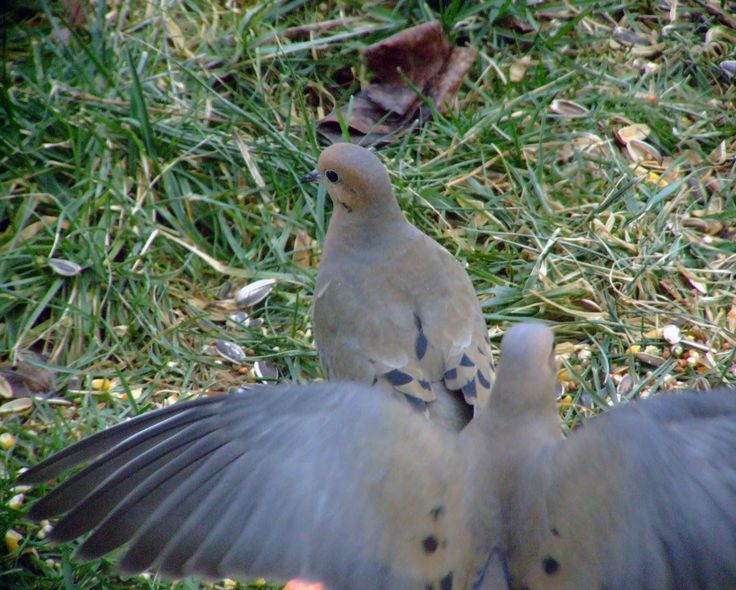
I think he likes me a little bit, LOL. So I am leaning towards keeping him at this point.
I don't see the harm in keeping him, anyone disagree?
I suppose keeping him could be considered selfish but at the same time I am afraid that letting him go would be like a death sentence because he is accustomed to the good life at this point.
One of my thoughts was a mate. I was thinking of buying another bird once he reaches that age.
Do they sell Mourning Doves as pets? Well my BB (baby bird, BB is his street name lol) is doing quite well and getting stronger and prettier every day.
I love the company and hope to keep him. I may do the whole if you love it set him free, and if they love you they will come back thing, but *sigh* part of me doesn't even want to do that.
Well wish me luck!
BB n Khara
You May Also Like:
The Mourning Doves Nesting Habits
Like Birds? Check Out These Magazines! A Perfect Gift Idea
how to get out at home if it fell out of the nest
Content
- 1 What does the pigeon chick eat
- 2 What to do if the pigeon chick fell out of the nest
- 3 How to feed the pigeon chick
- conditions
- 4.
 1 First week
1 First week - 4.2 Second week
- 4.3 Third week
- 4.4 Fourth week
- 4.5 After a month
- 4.
- 50006
- 6 What to do if the pigeon chick does not eat
- 7 How to hatch the pigeon chick
- 8 Conclusion
Chicks, just like human children, need care and care from their mother. Often in life there are situations in which the chick is torn off from the mother's wing, for example, when he fell out of the nest. If necessary, a person can independently feed a feathered friend at home and, upon reaching the required age, release him into the wild. It is in such situations that it is necessary to know what pigeons feed their chicks, as a result of which there is a high probability of going out and raising a bird on their own.
What a pigeon chick eats
If a feathered bird is left without parents and was picked up by a human, then it should be properly fed and then sent to the wild when it reaches the required age.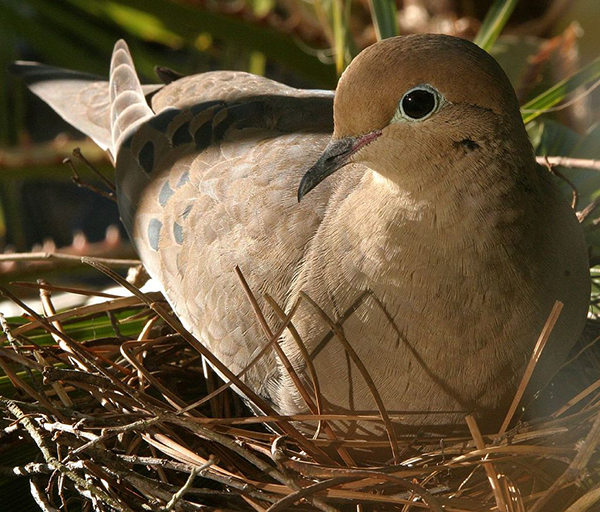 As practice shows, it is necessary to feed a pigeon chick from birth with crushed and well-brewed food. In the first days of life, a boiled egg yolk is perfect, which is injected into the feathered oral cavity through a syringe. In the future, it is worth feeding grains crushed to the state of flour and steamed in hot water. As the diet grows, it becomes much more diverse: fruits, vegetables, chopped greens, vitamins, live insects are introduced.
As practice shows, it is necessary to feed a pigeon chick from birth with crushed and well-brewed food. In the first days of life, a boiled egg yolk is perfect, which is injected into the feathered oral cavity through a syringe. In the future, it is worth feeding grains crushed to the state of flour and steamed in hot water. As the diet grows, it becomes much more diverse: fruits, vegetables, chopped greens, vitamins, live insects are introduced.
What to do if a pigeon chick has fallen out of the nest
In the event that a pigeon chick has fallen out of the nest, it is recommended to look around, suddenly its parents are nearby and are afraid to fly up to it because of the presence of people. If there are no adults nearby, then it is worth visually inspecting the pigeon chick itself. If there is plumage, it is completely dry, it behaves quite actively and is warm to the touch, then such a bird does not need help. Most likely this is his first flyby.
If the found pigeon chick does not fit this description and it is clear that without the help of a person it will die, then you should carefully take it without damaging the bones.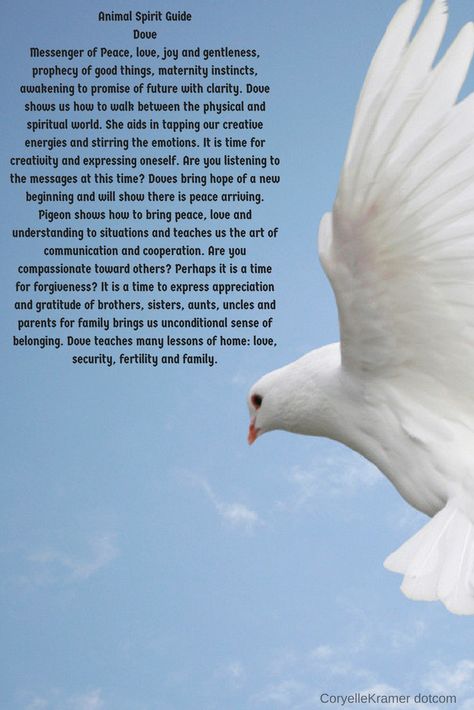 Take home to a warm place, starting the feeding process.
Take home to a warm place, starting the feeding process.
How to feed a pigeon chick
It is recommended to feed a pigeon chick strictly according to the age category. This is primarily due to the fact that if you give a week-old baby food intended for a pigeon chick aged 2-3 weeks, then the body simply will not be able to digest food and the pigeon will die. For feeding, you can use a syringe, nipple or pipette. Food is introduced into the oral cavity, making sure that the food completely fills the goiter. From the first days of life it is necessary to accustom to water.
How to feed a pigeon chick at home
Feeding a pigeon chick at home is not as difficult as it may seem to many at first glance. As practice shows, it often becomes necessary to independently feed those birds that were found, fell out of the nest and were left without maternal care. In order to understand exactly how to feed and care for pigeon chicks, it is necessary first of all to correctly determine their age - this is the only way to avoid causing even more harm.
In order to understand exactly how to feed and care for pigeon chicks, it is necessary first of all to correctly determine their age - this is the only way to avoid causing even more harm.
Approximate age can be determined by the following signs:
- rudimentary plumage appears on the 6-7th day of life;
- Eyes fully open on day 9;
- fully developed plumage can be seen by the end of 4 weeks;
- pigeons begin to show the first flitter rides at 6 weeks;
- the first molt occurs at 7 weeks;
- bird stops squeaking and starts cooing at 2-3 months of life;
- first sexual instincts appear at 5 months;
- final molt at 6 months.
If you correctly determine the age of a pigeon chick left without maternal care, then you can feed and leave the baby.
In the first week
If a newborn pigeon chick is in the hands, then in this case it is important not only to properly feed, but also to water.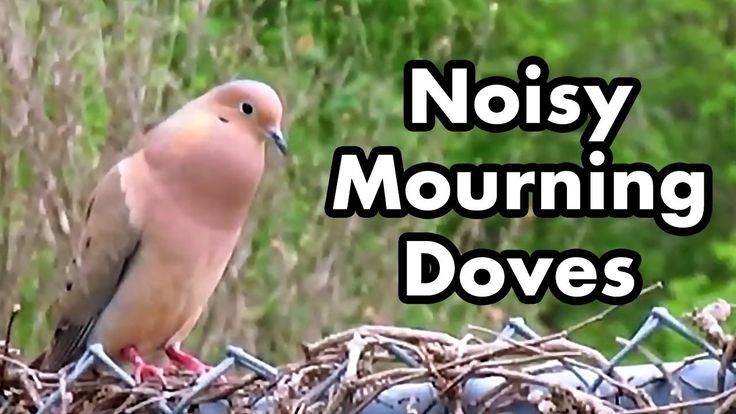 Thus, it is initially necessary to teach the feathered to take water and food. As practice shows, it is most difficult to get out birds that are about a week old, no more. This is due primarily to the fact that in the first 7 days of life, newborns need breast milk. In order to save the pigeon chick, you will have to make quite a lot of effort.
Thus, it is initially necessary to teach the feathered to take water and food. As practice shows, it is most difficult to get out birds that are about a week old, no more. This is due primarily to the fact that in the first 7 days of life, newborns need breast milk. In order to save the pigeon chick, you will have to make quite a lot of effort.
A step-by-step algorithm of actions that allows you to feed newborn birds is as follows:
- First of all, you need to purchase a 20 ml medical syringe from the pharmacy and carefully put a nipple on it, preferably a pipette.
- Egg yolk is perfect as a feed, as it contains a large amount of minerals so necessary for the normal life of a pigeon. You can also use special grains that are pre-ground to a state of flour.
- Received food is gently introduced into the oral cavity through a syringe, allowing time for the processing of the received components.
Pigeon chicks need to be fed at least 6 times throughout the day.
In the second week
Starting from the second week, it is recommended to introduce grain mass into the diet, as very soon the chick will start eating like an adult pigeon. It is worth feeding only grain crushed to the state of gruel and well steamed. This will require:
- Thoroughly grind the cereal through a coffee grinder several times.
- Mix the resulting flour with hot water.
- Let stand for 7 minutes.
It is important to understand that such a semi-liquid porridge is still incomplete food and cannot be fed. It is recommended to add chicken yolk to the steamed grain and only after that start feeding.
Since pigeon chicks require calcium for full growth and development, a solution based on calcium gluconate can be added to food. To improve the immune system, before you start feeding the chicks, add 2-3 drops of honey to the porridge.
By the end of the second week, the body of the chick will be completely covered with feathers, it will begin to move and scream even louder.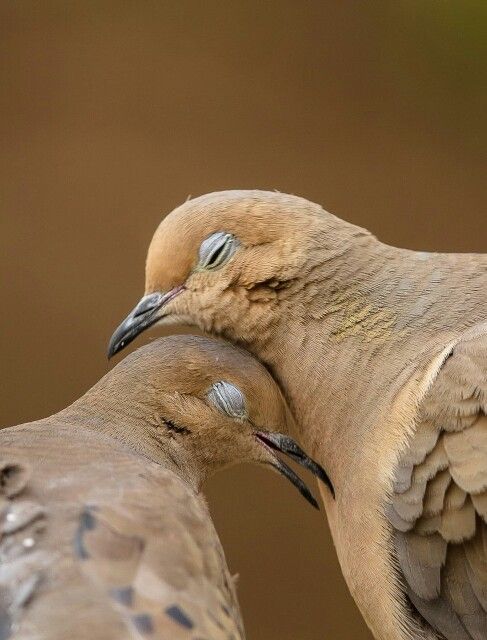 During the day, birds are fed from 4 to 6 times. At the same time, it is worth making sure that the goiter is filled with food to the maximum.
During the day, birds are fed from 4 to 6 times. At the same time, it is worth making sure that the goiter is filled with food to the maximum.
Tip! If necessary, calcium gluconate can be replaced with crushed egg shells.
In the third week
From the third week, pigeon chicks feed completely differently. During this period of time, it is necessary to teach them to eat whole grains. Before feeding the birds, the grains should be placed in warm water for 10 minutes. In their natural habitat, parents give the chicks seeds of plants that have been in their stomach for some time and have undergone all the necessary processing, partially undergone splitting.
It is worth feeding with hands, young pigeons put no more than 3 grains into the mouth at each time. During this period of time, pigeon chicks begin to drink on their own. That is why, after they have already been fed (not before eating), you should carefully lower the baby's beak into a container of clean warm water.
Attention! It is important to ensure that liquid does not enter the chick's sinuses, as there is a high probability that it will choke.
Chopped greens and carrots can be gradually introduced into the diet.
In the fourth week
3 weeks after birth, pigeon chicks try to start eating on their own. During this period of time, they can be fed more varied. At this age, pigeons can be given a boiled and well-chopped chicken egg and a small amount of white bread. It is important to take into account the fact that only white can be fed, this is largely due to the fact that dark bread varieties have a coarser grinding and are less digestible by chicks.
It is recommended to sprinkle a small amount of grain on the table and lightly tap on the table top, thereby attracting the attention of pigeons. As practice shows, the chicks quite quickly understand what is required of them, and begin to eat food on their own.
Important! For a few more days, it is recommended to additionally feed the birds, giving food from the hands.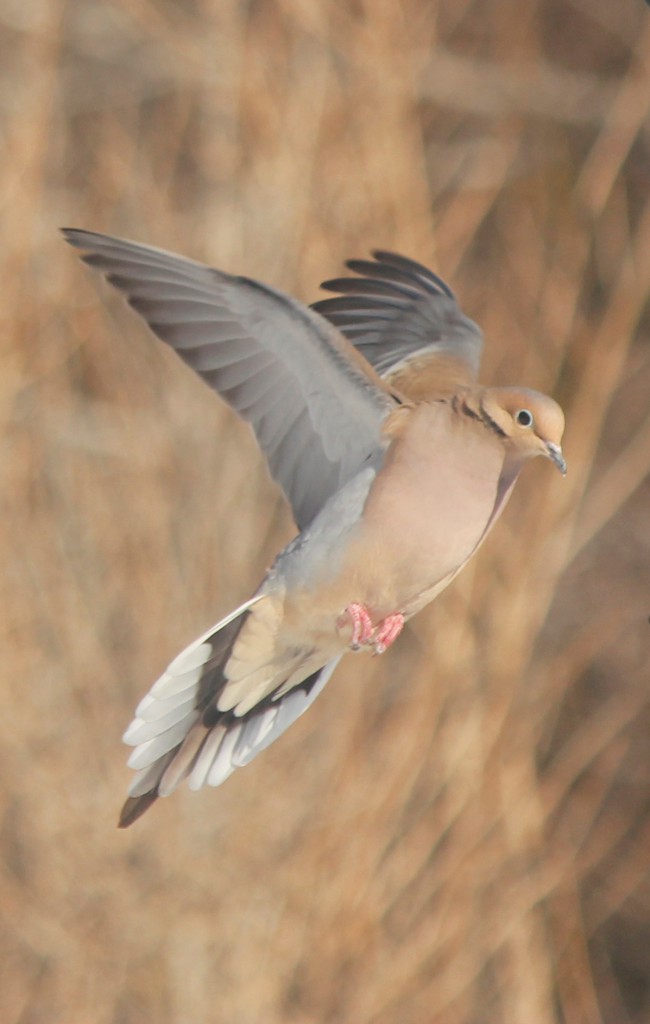
After a month
After a month, the diet can and even needs to be diversified. In such cases, it is necessary to feed with fruits, which are pre-cut into small pieces, give chopped greens. Small balls are made from the bread crumb, this is necessary so that the birds can independently take it in their beak and swallow it.
One month old chicks can be fed in the same way as adult pigeons. During this period of time, the babies are preparing for their first flight. Despite this, you should not quickly allow pigeons to adults, it is best to feed them separately for some time.
Tip! If the bird looks rather lethargic and eats little, then you need to add 3% glucose solution to the water.
What not to feed the chicks
Despite the fact that growing birds need insects, it is not recommended to feed them with the following:
- carcasses of insects of any kind. As practice shows, the death of an insect is a consequence of intoxication, and the poison also has a negative effect on the feathered organism;
- Colorado beetles - they are not recommended because of their toxicity;
- ladybugs - capable of excreting a toxic liquid.
 Under natural conditions, if a bird has eaten a ladybug by mistake, then it immediately spits it out;
Under natural conditions, if a bird has eaten a ladybug by mistake, then it immediately spits it out; - hairy caterpillars - since such insects contain small hairs on the body, they can quite easily clog the crop;
- Brightly colored bugs - rich colors indicate that it is better not to risk using these insects.
In addition, meat and fish products should not be introduced into the diet, as it is quite difficult to process them.
Attention! It is best to feed the bird with nondescript bedbugs.
What to do if the pigeon chick is not eating
If it has been noticed that the pigeon chick is not eating, then special attention should be paid to the diet. It often happens that the age of the chick was determined incorrectly, respectively, and further feeding is carried out incorrectly. It is important to take into account the fact that at first adults feed babies with semi-digested food.
It is necessary to feed the bird with a syringe if it is still very small, larger individuals are fed by hand. It should be borne in mind that at first the chick will not be able to take food on its own, it must be helped in this matter. If necessary, you can add a 3% glucose solution to the water, which will help give strength.
It should be borne in mind that at first the chick will not be able to take food on its own, it must be helped in this matter. If necessary, you can add a 3% glucose solution to the water, which will help give strength.
How to hatch a pigeon chick
Caring for a pigeon chick must be of high quality and complete. It is important to understand that at first the plumage is completely absent, as a result, the chick may freeze. For these purposes, it is recommended to use a heating pad that will maintain the optimum temperature. When plumage appears on the dove, the heating pad can be removed, but it is necessary to ensure that the temperature regime does not fall below + 25 ° С.
Conclusion
Pigeons feed their chicks with semi-digested food. To do this, they use plant seeds that, while in the stomach of an adult, undergo primary processing and undergo partial splitting. This knowledge will help the chick come out on its own.
description of newborn cubs, how to feed them at home
4.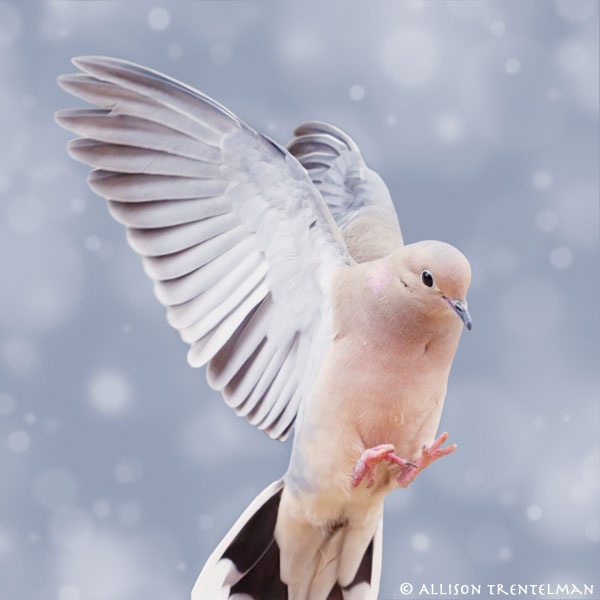 3
3
(6)
into human hands. Also, finally, you should find out the answer to the question of why “no one has ever” seen these princes.
contents0003
- After hatching, they are either completely naked, covered with pink skin, or partially covered with yellow down. The chicks are completely blind, they have a large head and eyes, a small body. Outwardly, they do not look like their parents at all.
- A week after hatching, the chicks double their size and remain featherless. By this time they have vision, they become more mobile.
- On the 10th day of life, feathers grow in the chicks, outwardly they take on the appearance of doves.
- After 2 weeks, the birds already look like adult pigeons, but their parents continue to feed them and they leave the nest occasionally.
- After 17 days of life, pigeons reach the size of their parents, learn to fly and get out of the nest.
- After a month, the birds are fully grown and leave the parental nest forever.
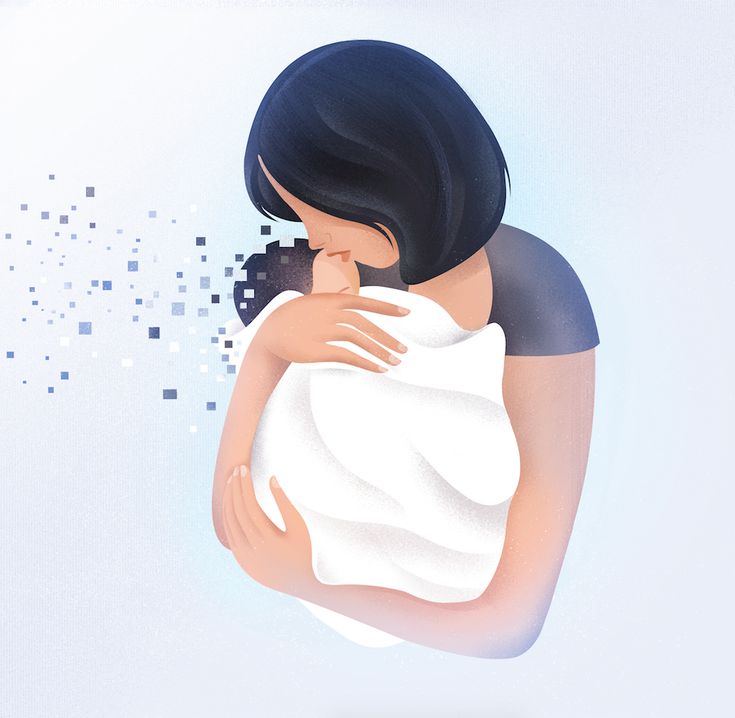
Domestic rearing of pigeons
Fledglings, unlike chicks, already leave the nest, but still return there and feed on their parents. They have almost grown feathers and look like small adult pigeons, but are still learning to fly. In most cases, you should just leave them alone.
If a fledgling pigeon is injured or reared at home, instructions for proper care should be followed. To help such a bird move into the adult phase, you need to feed it, provide housing and, if an injury or illness is detected, take it to the veterinarian.
Baby Pigeon Feeding
The best food for feeding a fledgling pigeon is a special formula for chicks. It can be purchased at a pet food store. You can also feed the fledgling pigeon chick with grain, which must be crushed and mixed with warm water. The result should be a mushy mass. A good food option for a chick is an egg yolk, which has all the nutrients it needs.
Important! Do not feed milk or bread crumbs to a chick.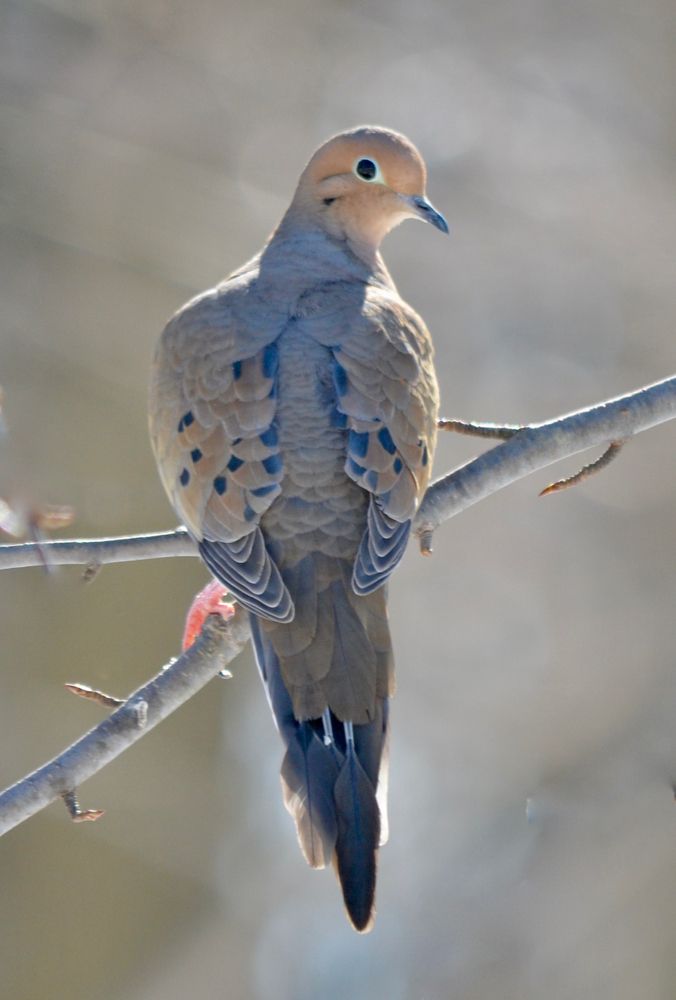
How to prepare formula
Follow the instructions on the packaging to prepare your formula correctly. In most cases, you just need to mix the food with warm water. For young birds, a feed to water ratio of 1:6 is usually used. As the pigeon grows, the water content should be reduced.
How to feed a baby chick
Fill the syringe or pipette with prepared food. Fledgling pigeons receive food from their parents - this type of feeding must be imitated. If the chick is still quite small, then you need to tap lightly on his head with your finger, he will open his beak. This is how parents inform the cub about the upcoming feeding.
Important! A fledgling should be fed at least 6 times a day.
If the chick is older, the head tapping technique may not work. In this case, you need to gently press on the sides of the beak to open the mouth. It is better to feed the chick together: one holds the body, and the other opens the beak and inserts a syringe or pipette into it, gently squeezing the food directly into the mouth.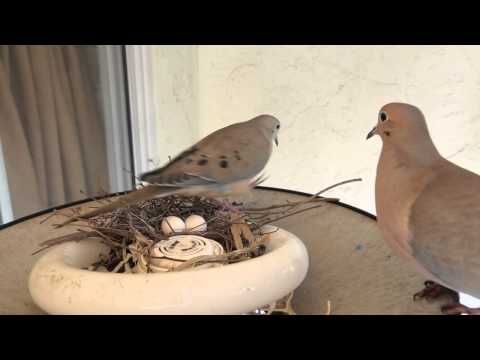 Stop feeding only when the belly of the chick is full. When full, the chest and abdomen should feel soft, like a balloon filled with water.
Stop feeding only when the belly of the chick is full. When full, the chest and abdomen should feel soft, like a balloon filled with water.
You can feed the chick by hand by placing seeds and grains in the chick's mouth. This method is suitable for older individuals. Grown up chicks should be taught to eat food on their own. To do this, pour some food into a bowl. This will help the chick learn to pick up seeds on its own with the help of its beak. After the baby learns to eat the seeds on his own, you can stop feeding him by hand.
Creating a nestling habitat
Pigeon chicks can be placed in a small cardboard box or birdcage. The box doesn't have to be big, as it's only temporary housing.
Tip! When using a closed carton, make sure there are enough air holes in the carton.
The chick needs to be comfortable:
- The little bird needs to be kept warm, especially if it is injured. To do this, place an electric heating pad or heating pad with water in the cage.
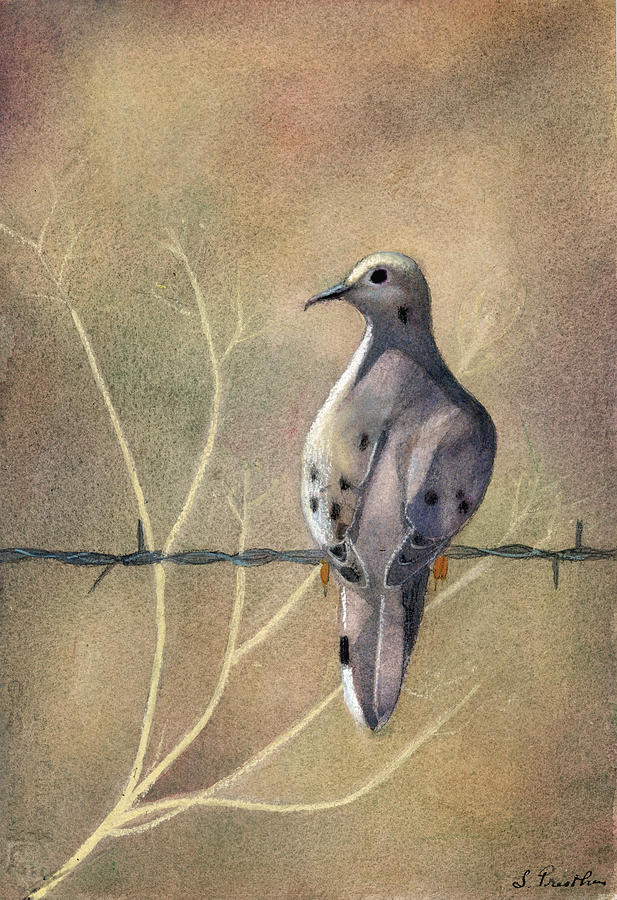 Its temperature should be 38-40 degrees. You can cover the heating pad with towels so that the bird has an indirect source of heat.
Its temperature should be 38-40 degrees. You can cover the heating pad with towels so that the bird has an indirect source of heat. - Create a nest using a small bowl and towel. "Nest" must be put on a heating pad. This will make the chick feel cozy and safe. Change the towel daily to keep the nest clean.
- It is important to provide the birds with water. The chick must be able to drink water on its own.
- Place the bird cage in a quiet place away from other pets and people.
Important! No need to squirt water into the bird's mouth.
Chick hatching cycle
After the pigeons begin to mate, the female usually lays her first egg eight days later and her second egg two days after the first. For the first time, it is considered normal if the young female has only one egg. Adult pigeons usually lay two clean white eggs. However, four eggs can be found in the nest. This happens because there are not enough males and two females can live together.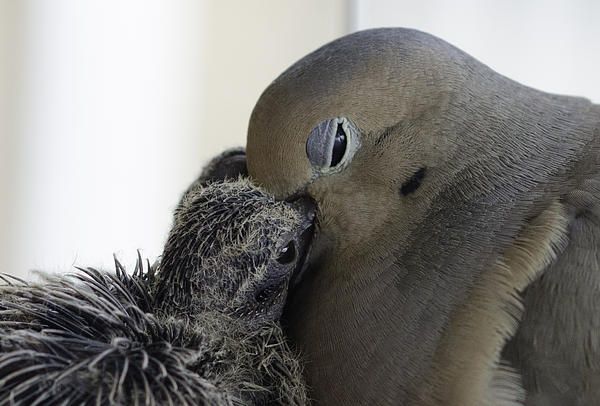 They do not build a second nest, but lay all their eggs in one.
They do not build a second nest, but lay all their eggs in one.
The first egg is laid earlier because the female's ovaries do not develop synchronously. For this reason, eggs are produced at short intervals. The second egg develops in the ovary about two days after the first one has been deposited and cleared the oviduct.
Pigeon EggsTo produce healthy offspring, breeders must take the first egg from the parents, replacing it with a fake so that they do not start the incubation process until the second is laid. Otherwise, the chick will hatch from the first egg 36-48 hours earlier than the second. This will result in the first hatchling being almost twice the size of the second. Parents may neglect the second chick, as they will think that the first and larger chick has a better chance of surviving than the younger and weaker chick.
Take the egg carefully, because the developing embryo is very fragile and even a slight shake can lead to its death. Until the female lays the second egg, the first must be hidden in a warm and dark place.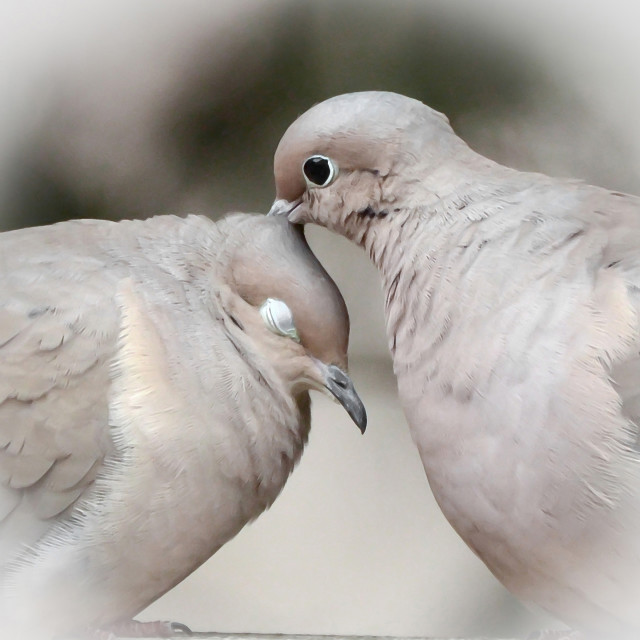 As soon as a new egg appears, the fake must be replaced. After about a month, the pigeons will finish hatching and chicks will appear.
As soon as a new egg appears, the fake must be replaced. After about a month, the pigeons will finish hatching and chicks will appear.
Please note! During incubation, do not constantly touch the eggs and disturb the parents
Incubation
The parents take turns incubating the eggs. Incubation is not divided equally - the female does most of the work every day. Only when she leaves the nest does the male take over incubation. Parents must maintain a constant temperature of eggs in the region of + 39-40 degrees 24 hours a day. The pigeons will take turns leaving the nest for food and water and return immediately, preventing the egg from losing its temperature.
After five days the eggs can be removed for testing to see if they are fertile. This is easy to do: just hold the egg up to a bright light. If it is fertilized, the blood vessels and the embryo in the center can be seen through the thin shell. If the egg is not fertile, then inside it will look transparent.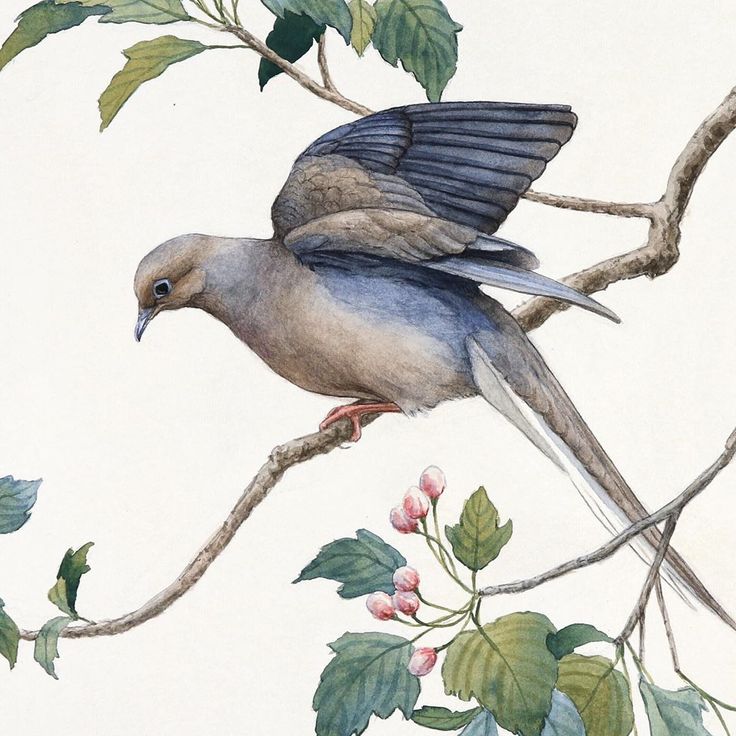
Please note! After the fifth day of inspection, it is better not to touch the eggs and not to interfere with the incubation of the birds until the end of the incubation. If the egg cools too much, it will stop developing and the baby pigeon will not hatch.
Hatching process
Under normal circumstances, the first chick will hatch in 18 days and the second in 19-20 days. But if the breeder took the first egg before the second appeared, then both chicks will hatch on the same day. The hatching process takes 15 to 30 hours. There is no need to help the chick get out of the egg, because the baby develops the muscles of the neck, legs and body, being pushed out of the egg.
If you interfere with this process, then most likely the chick will bleed to death. Inside the egg there are many tiny blood vessels. Breaking them is guaranteed to kill the bird. It is necessary to give the baby enough time, then the blood vessels will dry up and he will be able to hatch on his own.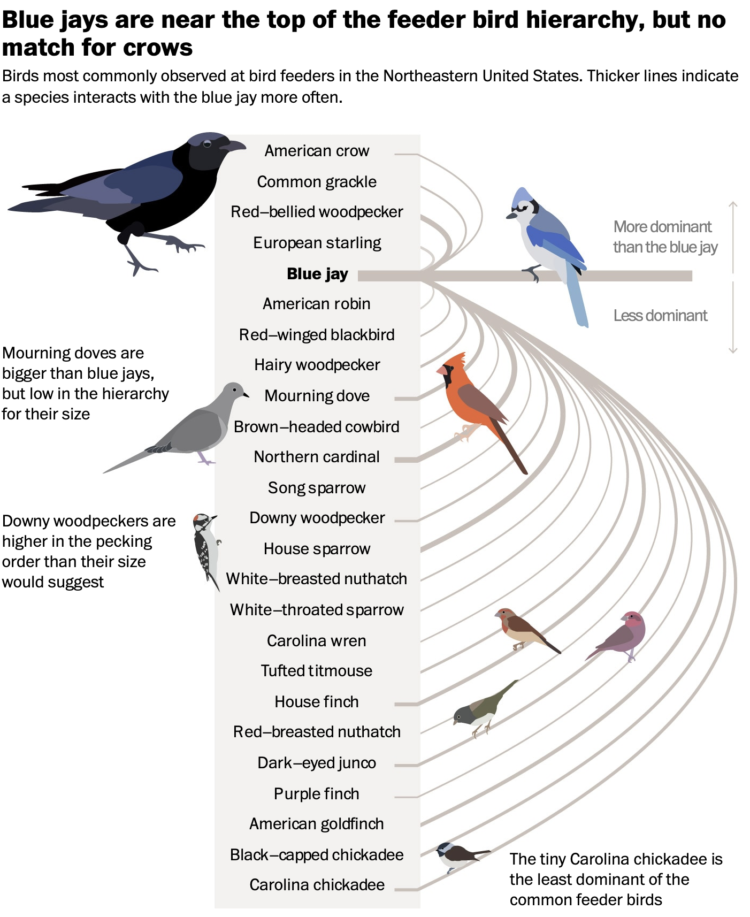
The chick depends on the nutrients contained in the yolk. Therefore, it is very important not to move the egg for several days before the bird hatches. The chick will navigate inside the egg so that its head is on the larger end, next to the air sac. The baby punches its way through the shell with the edge of its beak. After the hole is made, he needs to rest for a few hours and acclimate his lungs to the outside air. After that, he will begin to rotate inside the egg and continue to fight until he gets out of the shell completely.
Important! The chick must not be disturbed during its struggle for life.
When pigeon chicks emerge from their shells, they are wet and exhausted, usually lying still. After a while, they begin to revive. After the pigeon cubs hatch and dry, it is the pigeons that must feed them for the first hour. During this period, you also do not need to touch the chicks, as they are very fragile and need the protection and warmth of their parents.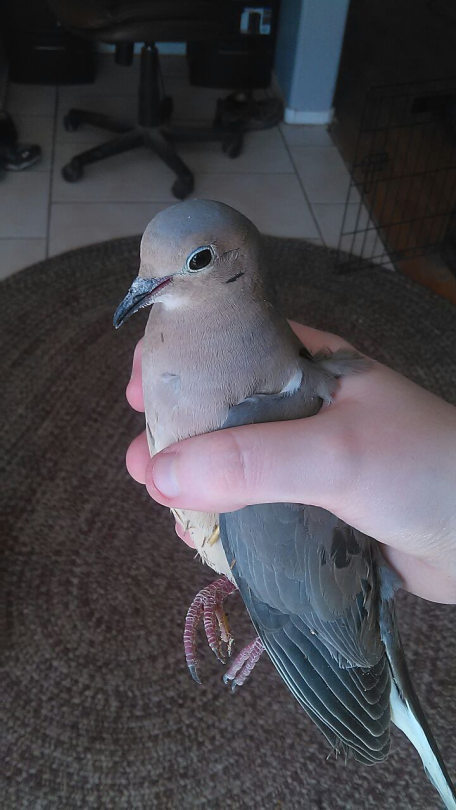
What do doves feed their chicks? They are able to produce special goiter milk. Unlike mammals, it is produced by both parents. In order for birds to be able to produce goiter milk, they must be provided with food and drinking water.
Pigeon chicks in nature
Why are pigeon chicks not seen in nature? The answer to this question is quite simple. It turns out that the princes are just waiting in their nests until they are mature enough to flutter around on their own.
People are surprised that they do not see little pigeons, but they are not surprised the same about other birds. In fact, the only birds commonly seen as young are waterfowl. The reason is simple: most chicks of other birds stay in the nest until they are fully feathered and as big as adults.
However, to be fair, there are several reasons why there are no small pigeons on the street:
- Their nests are usually out of sight: on the roofs of houses and other tall buildings.
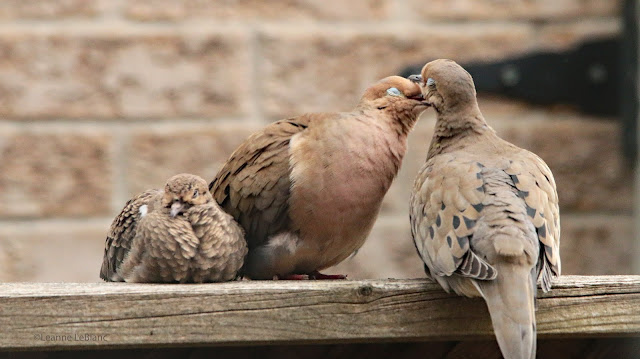
- Pigeons grow up more slowly than other birds. While most birds live in the nest for two to three weeks, pigeons stay there for three to six weeks.
- However, the children of pigeons outwardly grow faster. Young birds can be found if you carefully examine them. As a rule, they have no shedding feathers, their eyes are dark (in adults they are red-orange) and the feathers on their wings are smooth, sharp.
Additional information! Before the advent of buildings characteristic of the modern city, wild pigeons nested in caves and rock crevices in mountain or coastal cliffs.
What do chicks eat in nature
During the first stage of development, pigeons should have a high percentage of proteins in their diet. This macronutrient is necessary for the development of body growth, and also helps to gain muscle and physical strength.
In the wild, pigeons feed their chicks with crop milk. Such feeding lasts for the first 3-4 days of life.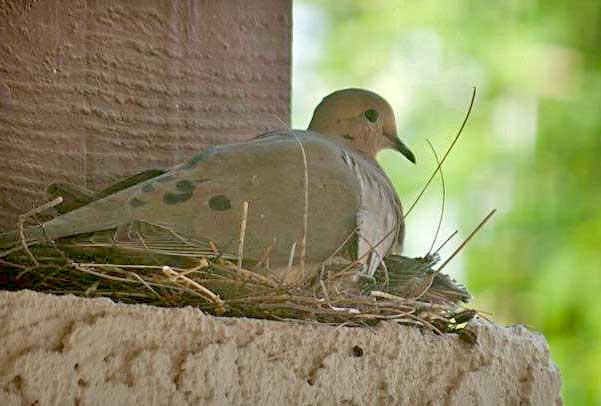 The goiter milk in pigeons is produced from the secretions produced by the epithelial cells present in the mouths of adults (both sexes). Feeding occurs as follows: hatched helpless chicks put their beak into the parent's throat, and they, in turn, regurgitate food.
The goiter milk in pigeons is produced from the secretions produced by the epithelial cells present in the mouths of adults (both sexes). Feeding occurs as follows: hatched helpless chicks put their beak into the parent's throat, and they, in turn, regurgitate food.
Although the composition and metabolism of goiter milk is not equal to that of mammalian breast milk, it is stimulated by the hormone prolactin and contains a high index of proteins, lipids and natural antioxidants. As the digestive system of a newborn pigeon is still developing, this feeding method is essential to ensure that it receives the necessary nutrients for healthy growth.
Interesting information! Not only pigeons feed their cubs with goiter milk. Pink flamingos and penguins are also capable of producing this "bird's milk".
From the fourth or fifth day of life, pigeons begin to dilute the diet with other food, but continue to feed on goiter milk until the third week of life.